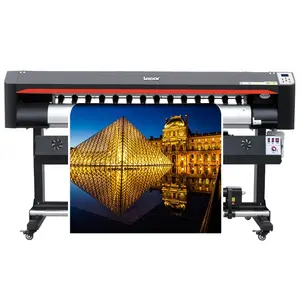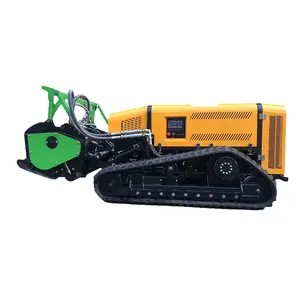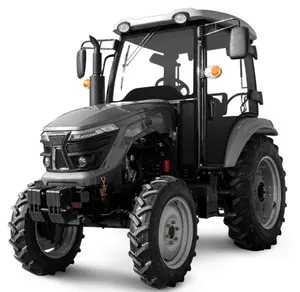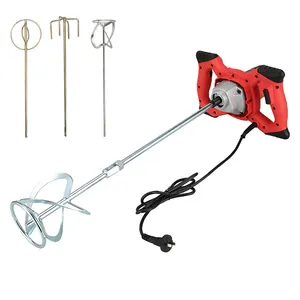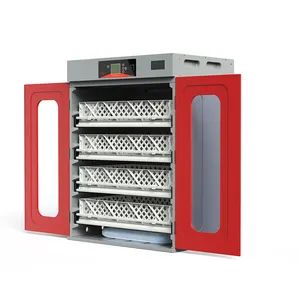Popular in your industry






































































Top categories
About boiler feed tank
Boilers are crucial in industrial settings for their role in generating steam for various processes. A boiler feed tank, also known as a feedwater tank, is a key component in ensuring the efficient and continuous operation of a boiler. The tank serves as a reservoir for the feedwater, which is the water supplied to the boiler to be converted into steam. The boiler feed tank plays a vital role in maintaining water quality, regulating supply, and preventing issues such as thermal shock and corrosion. Understanding the purpose and functions of a boiler feed tank is essential for industries reliant on steam generation for their operations.
The purpose of a boiler feed tank
The primary purpose of a boiler feed tank is to store and supply the boiler with feedwater, which is essential for the steam generation process. A boiler's performance and efficiency are directly impacted by the quality and quantity of the feedwater. The feed tank ensures a consistent and pressurized supply of water to the boiler, helping to stabilize the steam production process. Additionally, the tank serves as a reservoir to accommodate fluctuations in water demand, providing a buffer to meet varying operational requirements.
The features of a boiler feed tank
A feed water tank for boilers is designed with specific features to optimize its performance and support the overall efficiency of the steam generation system. Typically, these tanks are constructed using corrosion-resistant materials to withstand the harsh conditions and potential chemical reactions within the boiler feedwater. Additionally, they are equipped with level control mechanisms, such as float switches or conductivity probes, to maintain a consistent water level and prevent issues like low water cutoffs. Some advanced models may incorporate automated controls for monitoring and adjusting water levels, enhancing operational safety and efficiency. To address concerns related to water quality, some feed tanks may include features like internal baffles or separators to remove impurities and prevent the accumulation of debris. Proper insulation is often applied to the tank to minimize heat loss and improve energy efficiency in the system. The design of a boiler feed tank may vary based on the specific requirements of the boiler and the industrial application, with customization options available to meet diverse operational needs.
How to choose a boiler feed tank
When selecting a feed water tank boiler, several factors must be considered to ensure compatibility with the existing boiler system and optimize operational performance. The tank's capacity, expressed in gallons or liters, should align with the boiler's water demand to provide an adequate supply during peak usage. Understanding the specific requirements of the boiler, such as pressure and temperature ratings, is essential to choose a feed tank that can safely withstand the operating conditions. Additionally, assessing the space availability and installation requirements is crucial to integrate the tank seamlessly into the boiler system. Compatibility with control and monitoring systems, as well as the availability of additional features like insulation or water treatment options, should also be evaluated to maximize the tank's functionality and efficiency. For industries where water quality is a concern, selecting a tank with built-in filtration or deaeration capabilities may be advantageous in maintaining the boiler's long-term performance. Ultimately, choosing the right boiler feed tank involves a comprehensive assessment of the operational needs, system requirements, and available features to ensure a seamless integration and sustained efficiency in steam generation processes.

